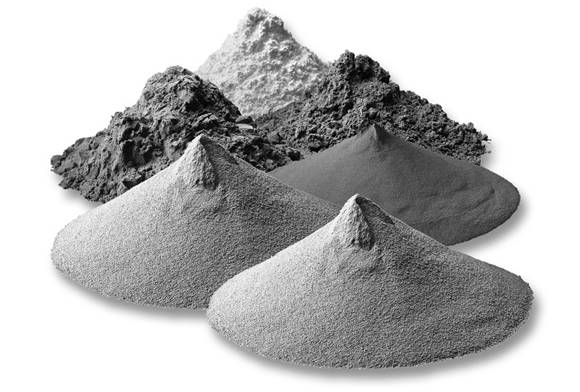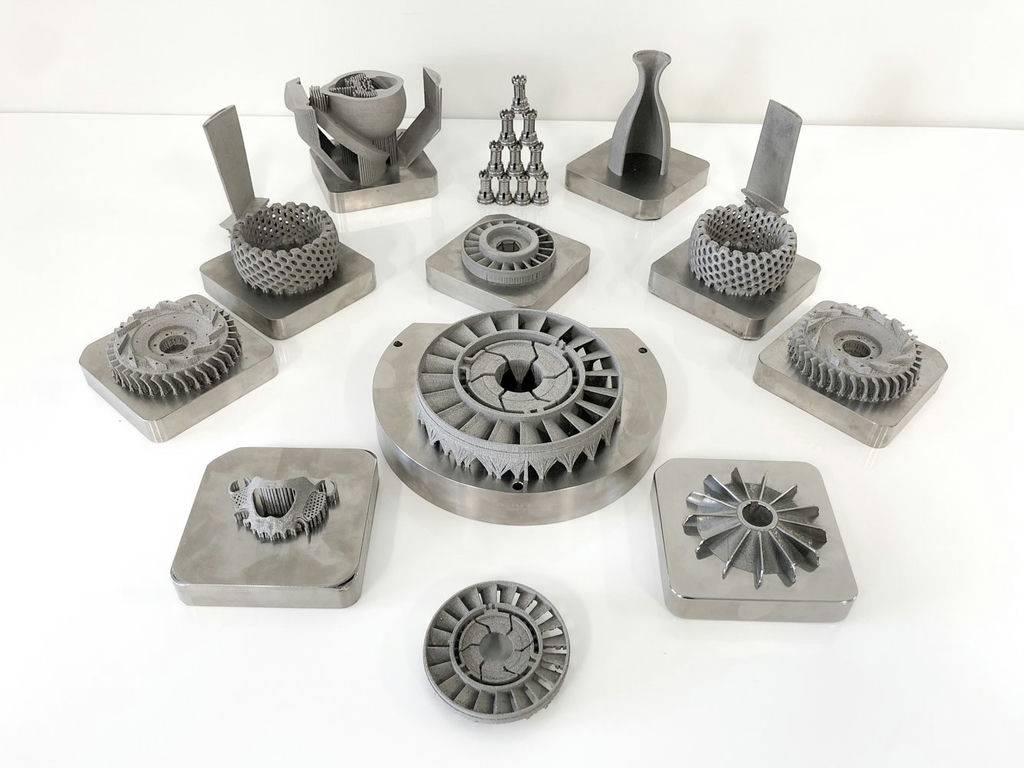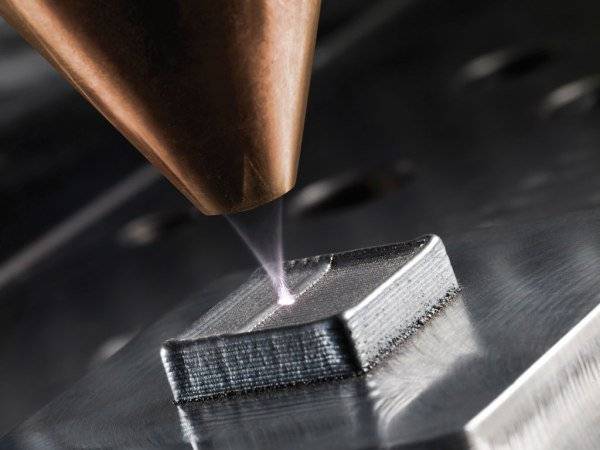Additive manufacturing and 3D printing, is one of the most exciting technological innovations in decades – imagine having the ability to print anything you want to the exact specification you need. The process of making a product layer by layer instead of using traditional molding or subtractive methods—has become one of the most revolutionary technology applications in manufacturing. The adoption of additive manufacturing is increasing rapidly, as it 3D printing provides unmatched flexibility of design and materials for part manufacturing and prototyping, at a fraction of the cost and time.
Often referred to as 3D printing, the best-known forms of AM depend on the material: SLS (selective laser sintering), SLA (stereolithography), and FDM (fused deposition modeling) in plastics, and DMLS (direct metal laser sintering) and LMD (laser metal deposition) in metals. Under this new technology, you can use computer-aided design tools to design and create prosthesis that’s an exact fit for the recipient’s anatomy. And if you are an astronaut that does not have the right tool to repair a key system on the International Space Station, you can easily print your missing tool with the right schematic.
The usage of additive manufacturing (AM) technology in industries has reached up to 50 per cent as prototype or end-product. However, for AM products to be directly used as final products, AM product should be produced through advanced quality control process, which has a capability to be able to prove and reach their desire repeatability, reproducibility, reliability and preciseness. Therefore, there is a need to review quality-related research in terms of AM technology and guide AM industry in the future direction of AM development.
Despite the tremendous benefits, in particular with plastics and metals, it is imperative to ensure the material used to print with remains at the highest quality. Failure to do so will result in inferior quality results, leading to breakages or prints that fail to bind properly.
How to check the quality of a finished product
The quality of the powders used in additive manufacturing is important because these powders impact the physical properties of the finished product. For instance, it plays a crucial role in shaping the product’s tensile strength/brittleness, heat tolerance, resistance to corrosion, and impact resistance.
As the process requires the sintering of different components to form an alloy, a precise understanding of how the chemical composition of the starting materials impact the finished product is needed.
This is because elements that were present at the beginning of the process can be lost or changed under the heating process. The composition of carbon, sulphur, oxygen, nitrogen, and hydrogen will impact on the physical properties of the final product.
As such, it is essential to analyse the final product to compare elemental composition. By comparing good and bad samples, you can understand what differences there are between the two.
In addition, the powders used in additive manufacturing can oxidise over time. Therefore, it is important to gain a comprehensive understanding of how quickly this will occur and to find out more about how this oxidisation will affect the finished item.

How the future of additive manufacturing stacks up remains to be seen. However, the benefits of using powders – especially the removal of physical limitations of products – should see them playing an important role as the industry develops. Similarly, improvements in the quality of the powders used will help to increase the number of products that can be made.
Existing barriers to successful additive manufacturing are the physical properties of the alloys formed. One area of development is to improve their strength to match that of cast/forged metal items. When this technique is refined, it will be possible to produce 3D-printed items far cheaper. Currently, cast/forged items are expensive due to the cost of the moulds that need to be created for the production of the piece. This is common with other items, such as plastics.
With powders being vital to help revolutionise many industries, the importance of using high quality powders is clear. Additive manufacturing could play a crucial role in production in the years ahead and so, it is imperative that the materials used are properly tested and analysed. With the right equipment, any fears that a powder is unsafe or unsuitable can be allayed.
Quality Assurance in Additive Manufacturing
One of the most important barriers is the qualification of AM-produced parts. So crucial is this issue, in fact, that many characterize quality assurance (QA) as the single biggest hurdle to widespread adoption of AM technology, particularly for metals. Put simply, many manufacturers and end users have difficulty stating with certainty that parts or products produced via 3D printing—whether all on the same printer or across geographies—will be of consistent quality, strength, and reliability. Without this guarantee, many manufacturers will remain leery of AM technology, judging the risks of uncertain quality to be too costly a trade-off for any gains they might realize.

QA presents a multifaceted challenge, encompassing both the scale and scope of production. Indeed, quality doesn’t just exist on one dimension, and each area should be addressed for parts qualification—and AM’s potential—to be more fully realized.
“Ensuring consistent product quality with 3D printing requires expertise in both engineering and production as well as integration between them two. You can’t produce a plastic bottle with a CNC machine, nor a car chassis with an injection press. When designing and industrialising products, you must consider your production system characteristics. When you produce, you must monitor the process deviations to ensure the products are up to specifications. 3D printing is just like any other production system, where same rules apply.”
In order to address the challenge of certifying quality for AM-produced parts along these four facets, manufacturers can develop capabilities that will enable them to:
- Identify the level of QA their products need, and what level of risk they are willing to assume
- Accurately predict whether parts will meet specifications when built under “idealized” conditions
- Ensure repeatability, consistency, and reliability across different AM machines and geographies
- Incorporate the appropriate technologies and capabilities necessary to qualify AM-produced parts, based on the target QA level


